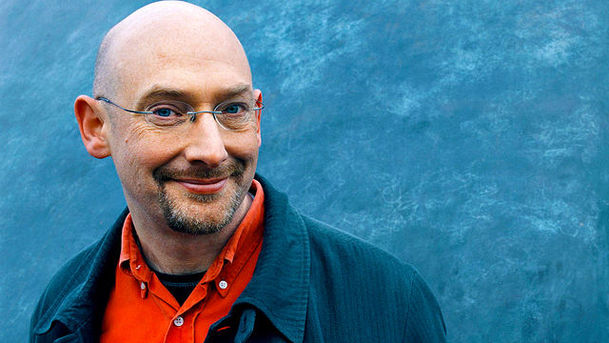Material World - 23/07/2009

Among the cargo Neil Armstrong and Buzz Aldrin took to the Moon on Apollo 11 in 1969 was an array of mirrors that are still, 40 years on, at the forefront of science. By bouncing laser beams of light off the mirrors, scientists are now able to measure the Moon's position to an accuracy of one millimetre. They have already shown that the Moon is receding at a speed of nearly four centimetres every year. But with these more precise measurements they can even test whether Einstein got his theory of gravity absolutely right. An update on how solar scientist Lucie Green fared on her trip to the Pacific to observe the latest total eclipse. 400 years ago, Englishman Thomas Harriot was the first to draw a telescopically-enhanced map of the moon's surface. It is due to go on display as part of the Science Museum's Cosmos and Culture exhibition. Further out in space, an Australian amateur astronomer has noticed a new spot on Jupiter's tempestuous surface. As the world's biggest telescopes wheel round to have a look, we hear of the similarities with the collision of comet Shoemaker-Levi 9. It seems we missed a big splash this time. And as Australia begins testing its version of a swine flu vaccine, Quentin finds out how to make a vaccine and what the challenges are of getting one in time for the impending northern hemisphere flu season.